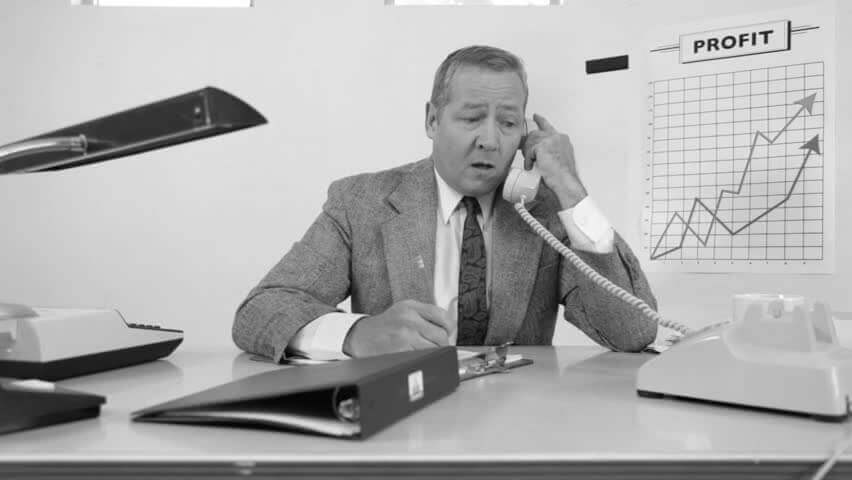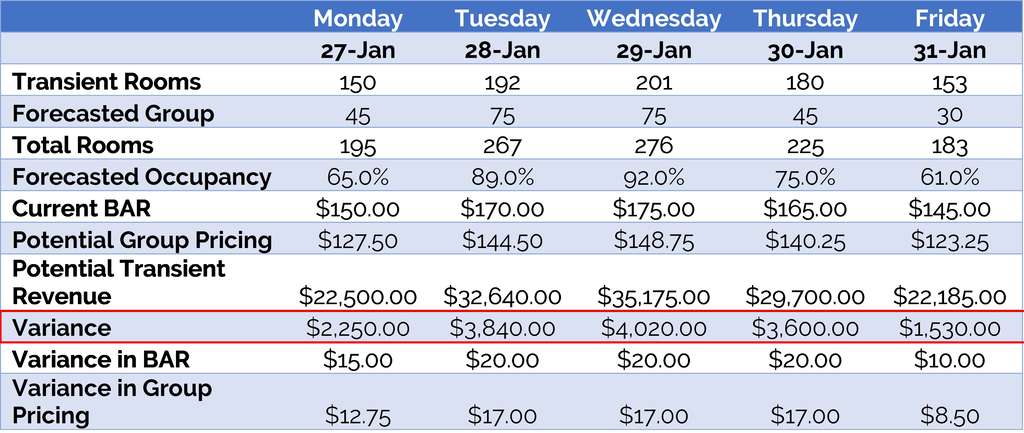
In our last article we gave you tips on how to assess your sales team and where they fit on the hunter gatherer spectrum.
NB: This is an article from Knowland
It’s possible some of you merely shrugged and asked “Why should I change? My hotel is doing well and if ain’t broke don’t fix it”.
The reason is simple, because the times they are a changing, winter is coming and only those teams prepared for it will survive. And I would love it if you simply accepted that as truth but I know a few people might need a bit more convincing. Which means the best way to illustrate this is to look at the ecosystem that is revenue management.
Why?
Because in a perfect world, group and transient rates live in a symbiotic relationship: a solid group base drives higher transient rate. However, transient rates influence where we price from a group perspective.
Hotels more dependent on inbound leads can’t accurately predict group business because they are at the mercy of if/when leads come in and if/when they convert. Ultimately, this trickle-down economics model impacts every level of your rate mix.
How?
Let’s do some simple math. In the example below, my 300-room hotel has no group business on the books and none really forecasted because we don’t find our own business, we are heavily dependent on inbound leads. The revenue manager has built the BAR levels based upon transient forecast. Then when the inbound lead (which we can’t predict) comes in, the pricing provided is influenced on the transient forecast.

Now this is overly simplistic because in reality, the transient ADR is not going to be the same as the BAR because mix of transient business will influence it. However, we want to see how the two influence each other which brings us to our next scenario.
In the next example, the hotel is committed to proactive selling and is more accurately able to forecast business. The revenue manager can forecast group business by night which influences where they price from a BAR perspective. Notice, in this scenario BAR pricing ranges from $10 to $15 higher by day. This increase leads to an $8 to $17 increase in group pricing by day. (Side note: This increase in BAR pricing might also influence which other transient rates are available if the hotel manages discount levels dynamically. This leads to an overall higher transient ADR.)
Keeping with our simplistic math, BAR increased because of the group base and this drove higher group rates. In this single week, transient revenue would increase $15,240. If you could produce those same results 40 weeks out of the year, that’s an upswing of $609,000 a year.

The point of this exercise is to show group business is not just about sales people meeting their goals and collecting their individual bonuses. It is about the overarching health and profitability of your hotel. Without good processes and the ability to effectively predict group business, your team can’t create effect transient strategies. You probably won’t feel this when demand is strong but even the slightest hiccup in the economy and you will feel it.
The ecosystem of your revenue management processes should feed itself. Group provides base which drives up transient rates which drives up group rates. If you can’t accurately predict when and where group will come, you inherently break the ecosystem. So, no matter how good your plan is, you won’t be able to implement it effectively.
Proactive selling allows your team to forecast when and where group will come more accurately. This is the fuel that feeds your revenue management ecosystem and ultimately leads to stronger performance by your hotel.




